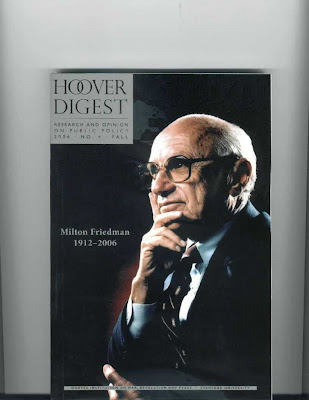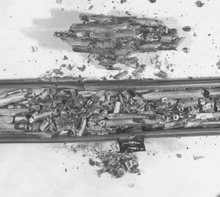 Go to GOOGLE for these references; enter ultrasonic fuel cleaning. By far the most informative is the first reference (above) Ultrasonic Fuel Cleaning at STP. This illustrates the apparatus and the results of field applications. This is a very valuable reference for Students of Nuclear Engineering as well as their faculty.
Go to GOOGLE for these references; enter ultrasonic fuel cleaning. By far the most informative is the first reference (above) Ultrasonic Fuel Cleaning at STP. This illustrates the apparatus and the results of field applications. This is a very valuable reference for Students of Nuclear Engineering as well as their faculty.
The two News Releases (above) from EPRI are revealing. The March 19, 2003, release is the first News Release of this activity. This activity proceeded without any safety review by the NRC. The second News Release, October 3, 2005, lists further applications. The third entry from AREVA NP describes their ultrasonic cleaning services with technology licensed from EPRI; this entry is continued below. The final entry (below) leads to an excellent brochure from Westinghouse.











.jpg)
